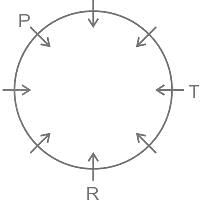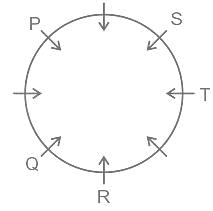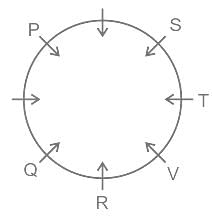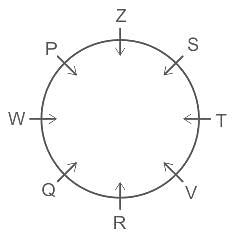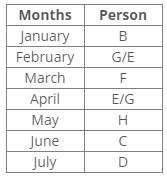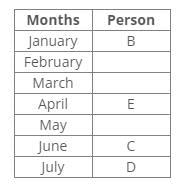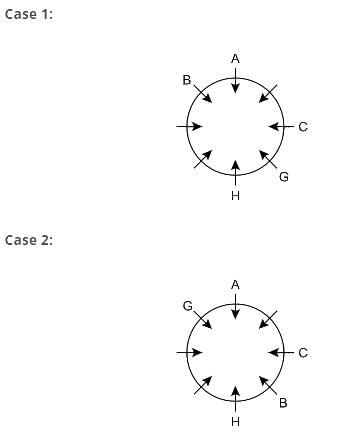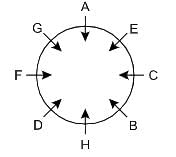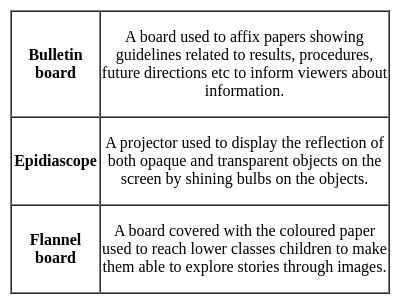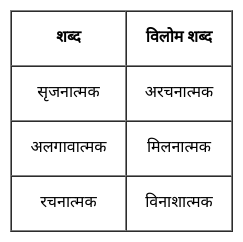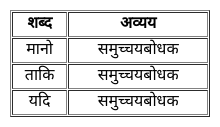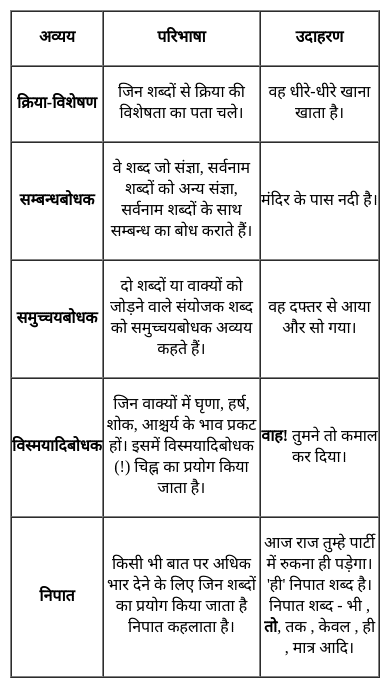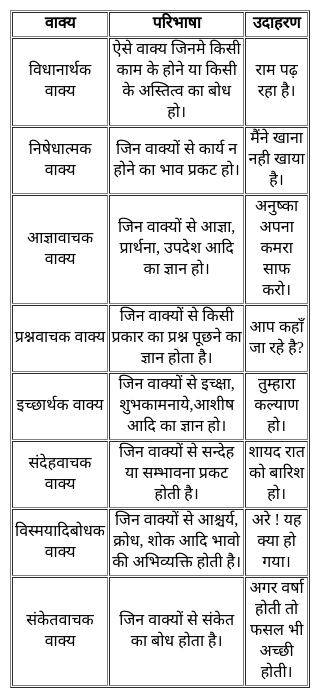Rajasthan PTET Mock Test - 5 - REET MCQ
30 Questions MCQ Test - Rajasthan PTET Mock Test - 5
Direction: Study the following question carefully and choose the right answer.
If in a code language, PAINT is written as 74128 and EXCEL is written as 93596, then how will ACCEPT be written in that language?
A company has 80 employees. The average income of 30 of them is Rs. 48,000 and the average income of the rest of them is Rs. 30,000. What is the average income of all the employees of the company?
Seven persons B, C, D, E, F, G and H are born on seven different months of a year starting from January, but not necessarily in the same order. Who was born in July?
Statement I: C was born just before D. Only two persons are born after H. Three persons are born between H and B. F was born two months after B.
Statement II: E was born in April. D was born after C. Two persons are born between E and B. B was not born in July. C was born one of the months after May.
Direction: Study the following information carefully and answer the given questions besides.
Eight person A, B, C, D, E, F, G and H sit around the circular table facing towards the centre but not necessarily in the same order.
G sits opposite to B. One person sits between A and C, who sits second to the right of H. Both G and B do not sit immediate left of H. D sits second to the left of B. A doesn’t sit beside D. E doesn’t face C.
What is the position of G with respect to C?
Directions to Solve
In each of the following questions find out the alternative which will replace the question mark.
Question -
Peacock : India :: Bear : ?
The instructions provided by the teacher must be based on a child's
Which statement is true about the Summative Evaluation?
I. It is an evaluation that seeks to determine how the learners or students are progressing through a certain learning goal.
II. It is an evaluation that assesses a student’s mastery of a subject or topic after instruction
After class 10, Ankit is confused about the subject he should opt for in class 11. His confusion could be solved by taking
Which of the following would be the right way for a teacher to assess the behaviour of primary level students?
Assertion (A): A teacher records the pace of development of the students in his class, and finds that the pace of development is not equal for all the students.
Reason (R): Development varies from person to person because it follows the principle of individual differences.
In which of the following teaching methods can a learner participate proactively?
Which of the following inscriptions belong to Samudragupta?
I. Allahabad Pillar Inscription
II. Mehrauli Pillar Inscription
III. Nalanda Copper Plate
IV. Gaya Copper Plate
V Bhitari Pillar Inscription.
VI. Eran Pillar Inscription
In reference to the recent locust attacks in Rajasthan and Gujarat, consider the following statements:
- Locusts are polyphagous feeders.
- Locust attacks are more common after monsoon than before it.
Which of the above statements is/are correct?
Which of the following statements are correct regarding conquest of Rajasthan by Akbar?
- The Rajput kingdoms like Merta and Jodhpur were occupied without much resistance by Akbar.
- A major step in Akbar’s campaign against the Rajput states was the siege of Chittor.
Select the correct option from the codes given below:
Consider the following statements:
- Hinayana Buddhism does not believe in idol or image worship of Buddha.
- Mahayana Buddhism’s ultimate goal is spiritual upliftment for all beings.
- Vajrayana Buddhism incorporates Vedic rituals into its practice.
Which of the above statements are correct?
निम्नलिखित प्रश्न में, चार विकल्पों में से, उस विकल्प का चयन करें जो दिए गए लोकोक्ति का सही अर्थ वाला विकल्प हो।
जिसकी उतर गई लोई उसका क्या करेगा कोई-




